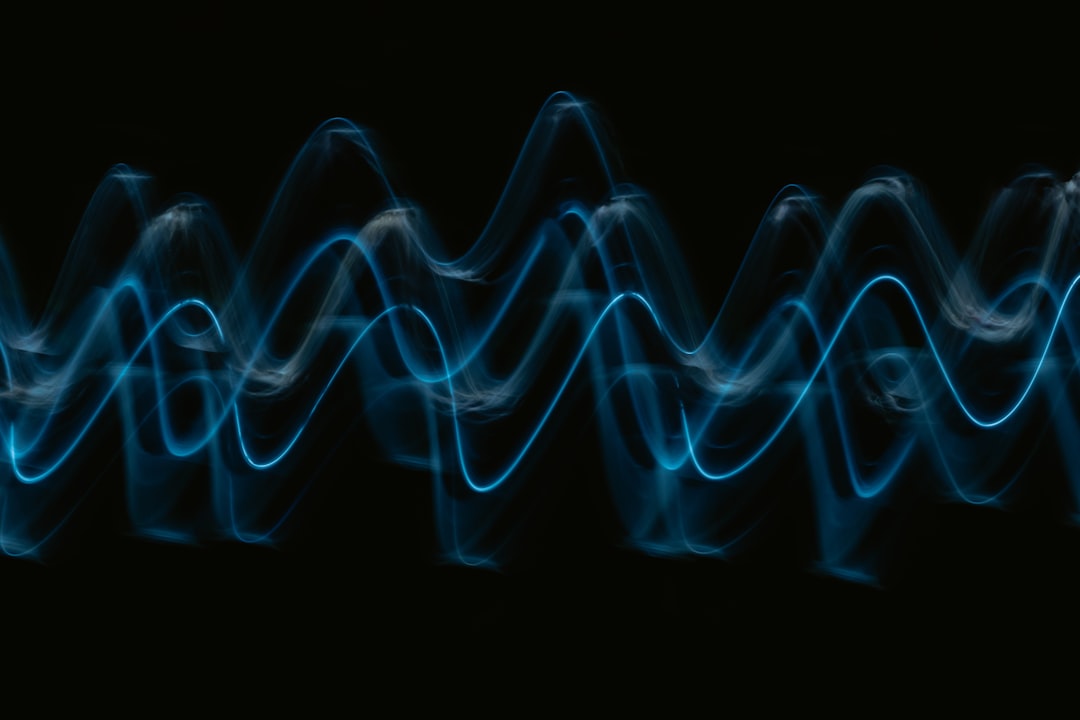What is it about?
This research focuses on understanding in detail how the presence of a 3-dimensional object in a supersonic flow affects the flow in its vicinity. Through a parametric study, we have obtained a scaling law that gives an estimation of where the flow will separate in front of the protuberance (a class of 3-dimensional objects). This comprehensive scaling law takes into consideration different geometrical and incoming flow parameters.
Featured Image

Photo by engin akyurt on Unsplash
Why is it important?
It is important for the design of a component or vehicle, which operates in supersonic flow regime, to have an estimate of where the flow separates in front of it. This is because the location where the flow separates leads to the formation of separation shock. This shock is highly unsteady and causes high heat transfers and surface pressure fluctuations at the mean location. If not dealt with these detrimental effects, it can lead to reduced efficiency of the system and can even be catastrophic in some cases. Thus, through scaling law for the mean location of flow separation, we can place appropriate flow control and make design changes at these estimated locations.
Perspectives
This study helps in the understanding of the physics of supersonic flow over 3-dimensional protuberances. Many previous studies in the field of shock boundary layer interactions (SBLI) dealt mostly with canonical 2-dimensional objects. With regard to the SBLI over 3-dimensional configurations, the knowledge of flow physics is limited, although such 3-dimensional interactions occur in many high-speed flow systems. This study tries to fill that gap, at least for a class of 3-dimensional objects. Overall, I believe this study contributes toward the design of systems operating in supersonic flow regimes, and the results presented can be used to complement the active research in the field of SBLI for 3-dimensional objects.
SOURABH BHARDWAJ
KTH Royal Institute of Technology
Read the Original
This page is a summary of: On the scaling of three-dimensional shock-induced separated flow due to protuberances, Physics of Fluids, July 2022, American Institute of Physics,
DOI: 10.1063/5.0098487.
You can read the full text:
Contributors
The following have contributed to this page










